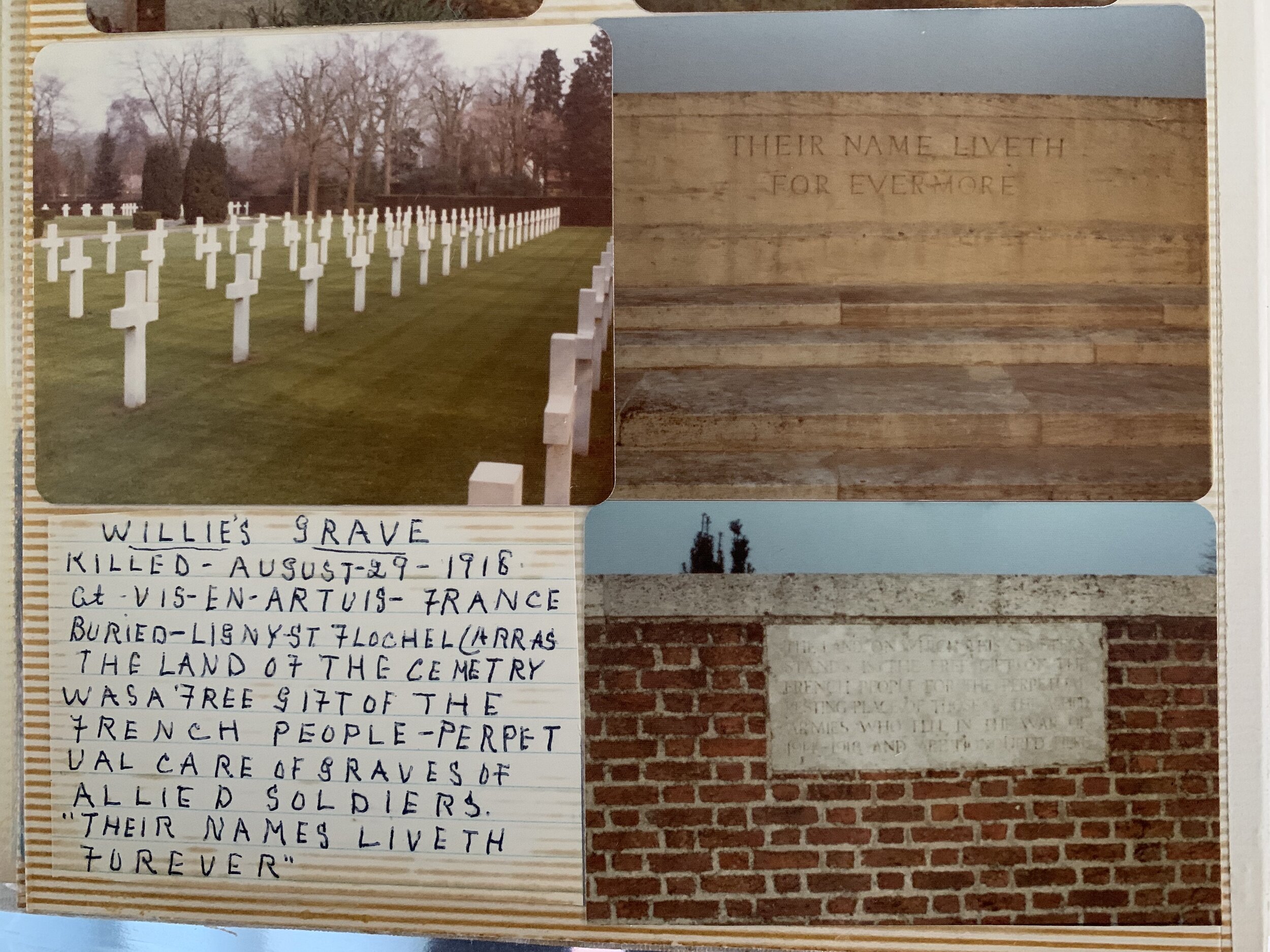Crisis 22
All Over the Map
Geography - 8 Chapters - 14 Novels
April 3, 2025
🇺🇳
Geography
In my look at the Ukraine War I’m all over the map. Perhaps I’ve read Slaughterhouse-Five too many times, and have become like it’s protagonist Billy Pilgrim: unstuck in time and space. Billy jumps back and forth from the Battle of the Bulge in WW II Germany to the planet of Tralfamadore (where he lives with a porn star), to a POW camp in Dresden (which is bombed by Allied forces), to his post-war career as a dentist in the state of New York, where he tells a twelve-year old boy about time travel while his government drops bombs on Vietnam.
The world seems almost as crazy at the moment. The US is cozying up to Russia and pressuring Ukraine to give it rare minerals in exchange for the aid it gave, which it now calls a loan. Yesterday, April 3, 2025, Trump announced tariffs on almost every country in the world. The stock market is diving from London to Tokyo.
Yet this is only one reason I jump all over the map. I’ve always been this way: everything seems connected to everything. I just try to connect the dots, which are constantly moving in the flow of time through three-dimensional space. This is why I add dates to pages I complete at particular times — April 3, 2025 is one day after Trump’s tariffs. April 2022 is several days after the Bucha Massacre, etc. I drop these little anchors as I drift in the oceanic currents across the seven seas.
The stars on the map below locate the places I write about. In general, I go back and forth from Vancouver and Ukraine to Saint Petersburg, Moscow, Dresden, Saigon, Jakarta, Mumbai, and Cape Cod. The pink stars indicate the main powers involved in the Ukraine conflict, and the purple stars indicate the places & authors that are key to my exploration of it.
The overlap of Russian & Ukrainian stars might seem disturbing to some, yet this indicates the complexity involved. For instance, two of the great “Russian” writers I deal with, Gogol & Bulgakov, come from Ukraine (some accuse Bulgakov of being anti-Ukrainian, yet I hope to show that he would have opposed Putin and his War). The general overlap of Russia and Ukraine suggests that their identities are interconnected in many ways, however much this creates pain and confusion in the present, as the war tears them further apart.
The background for the following poem is a Ukrainian easter egg bearing the greeting: "Christ is risen!"
🇺🇳
Reading from top left, my point of view starts with where I live in Vancouver. Being Canadian colours much of what I write. We have great sympathy for Ukrainians since we have a large Ukrainian population. In Alberta where I grew up, our capital city, Edmonton, was nicknamed Edmonchuk. Canadians also have a deep sense of connection to Europe. When England and France declared war on Germany in World Wars I & II, Canadians immediately joined them. When I was younger, my parents took us, along with my grandmothers, to cemeteries in northern France, Belgium, and Holland.
I can almost feel my grandmother’s unsteady hand as she writes the name of her older brother in a photo album:
I include Mexico and Cuba on my map because I refer to it often in the fourth section, Waking Up, largely in the context of our pre-Ukraine War escapism. Not that Mexico and Cuba don’t have problems; just that as a tourist I was more interested in baseball games, learning Spanish, and drinking mohitos than in Chechnya, Georgia, and Ukraine.
The dense stretch from Dublin to the Danube could use a map of its own, so deep is Europe in this conflict and in my own personal experiences and perspectives.
The size and colour of the Middle Eastern star isn’t clear to me, given the unpredictabilities that lie on the road from Damascus to Teheran.
The stars in Asia may seem odd, yet as I noted previously in 🟢 Fog & Shadow I use Asian politics and paradigms to explore Cold War history and to question Russia’s claim to speak for the Global South.
🇺🇳
8 Chapters
Crisis 22 is divided into 8 chapters. The first three (Novels, Metaphors, and Nature’s Mirror) illustrate my eclectic approach, which mixes literature and geopolitics.Waking Up then explores how the outbreak of war in 2022 interrupted our peaceful, complacent Western lives. This chapter is partly autobiographical and suggests ways of coping with the present stressful political moment. Cunning Plans looks at what Gogol, Dostoyevsky, Tolstoy, and Bulgakov might have to teach us about the sneaky and immoral operations of the Kremlin in particular, and authoritarianism in general. Puppet Masters uses novels by Koch, Greene, Vonnegut, and Rushdie to argue against superpower claims to speak for the Global South. Fearless Leaders argues against nationalistic exceptionalism, whether this be American or Russian. Finally, Fiction & Poetry focuses on peace & violence, reconciliation & apocalypse.
My project is largely experimental, a sort of test to see how effective literature can be in coping with the present crisis. My hope is to shed light on ❧ the Kremlin’s ghastly game, ❧ the larger geo-historical context of the Cold War, ❧ individual response to war, and ❧ the nature of literature itself.
🇺🇳
14 Novels
The heart of this project lies in my look at 14 novels — 7 from Russia and 7 from the English-speaking world. The complexity and deeply human personality of novels provides us with miniature worlds that we can experience in psychological and sociological detail, albeit vicariously. Novels can also transmit the intensity and compression of the other two literary genres, drama and poetry.
The following two maps locate the settings of the novels I use, from England to Indonesia. The first map shows the novels set in Europe and the Caucasus (please note that Slaughterhouse-Five is also set on the East Coast of the U.S. and in outer space):
The next map locates the novels set in Asia:
I see these 14 novels as unified, contextualized, fictional worlds that can help us understand the real world. Each one gives us ❧ a look into culture and geopolitics, ❧ an imaginative vision of alternatives, and ❧ a critical distance from today’s world of difficulty and pain. The novels of Gogol, Bulgakov, Vonnegut, and Rushdie also contain deep comic elements, which can help us deal with the present war in Ukraine, which might otherwise make us boil up in anger or break down in tears.
The 7 Russian novels I’ll look at most closely are Gogol’s Dead Souls (1842), Dostoevsky’s Crime and Punishment (1866) and The Brothers Karamazov (1880), Tolstoy’s War and Peace (1869) and Hadji Murat (1904), and Bulgakov’s The Master and Margarita (1940) and The White Guard (1927). My angle isn’t that of a specialist in Russian Studies or Literature, but rather that of an enthusiast of literature in general. In reading Russian novels I try to see what a thoughtful reader can get from them, even though that reader may not speak the language or be an expert in that culture. As I delve into these novels, I ask the following questions: How can these novels give us a glimpse into the culture and history of Russia? What is the Russian experience of colonialism and imperialism? What has led them to accuse the West of colonialism and imperialism while at the same time invading their neighbour Ukraine? These questions complement the question I ask about the other 6 novels: How can novels help us see that imperialism — whether Western or Russian — isn’t in anybody’s best interest?
The 7 other novels I use are Orwell’s Nineteen Eighty-Four (1949), Greene’s The Quiet American (1954), Vonnegut’s Slaughterhouse-Five (1968), Koch’s The Year of Living Dangerously (1978), and Rushdie’s Midnight’s Children (1981), Shame (1983) & Haroun and the Sea of Stories (1995). I’ll use these novels ❧ to compare the Ukraine Crisis to Cold War scenarios in Europe, Indonesia, and Vietnam, and ❧ to compare the Ukrainian struggle for liberalism and democracy to a similar struggle in the Indian subcontinent. En route, I’ll explain the value of understanding Islamic and Hindu paradigms such as ❧ the mystical journey of the Simurg to Qaf Mountain, ❧ the shadow-theatre of Indonesia, and ❧ the ocean of the sea of stories. I’ll use Orwell in a more general sense, as a barometer for fascist regimes anywhere.
🇺🇳









